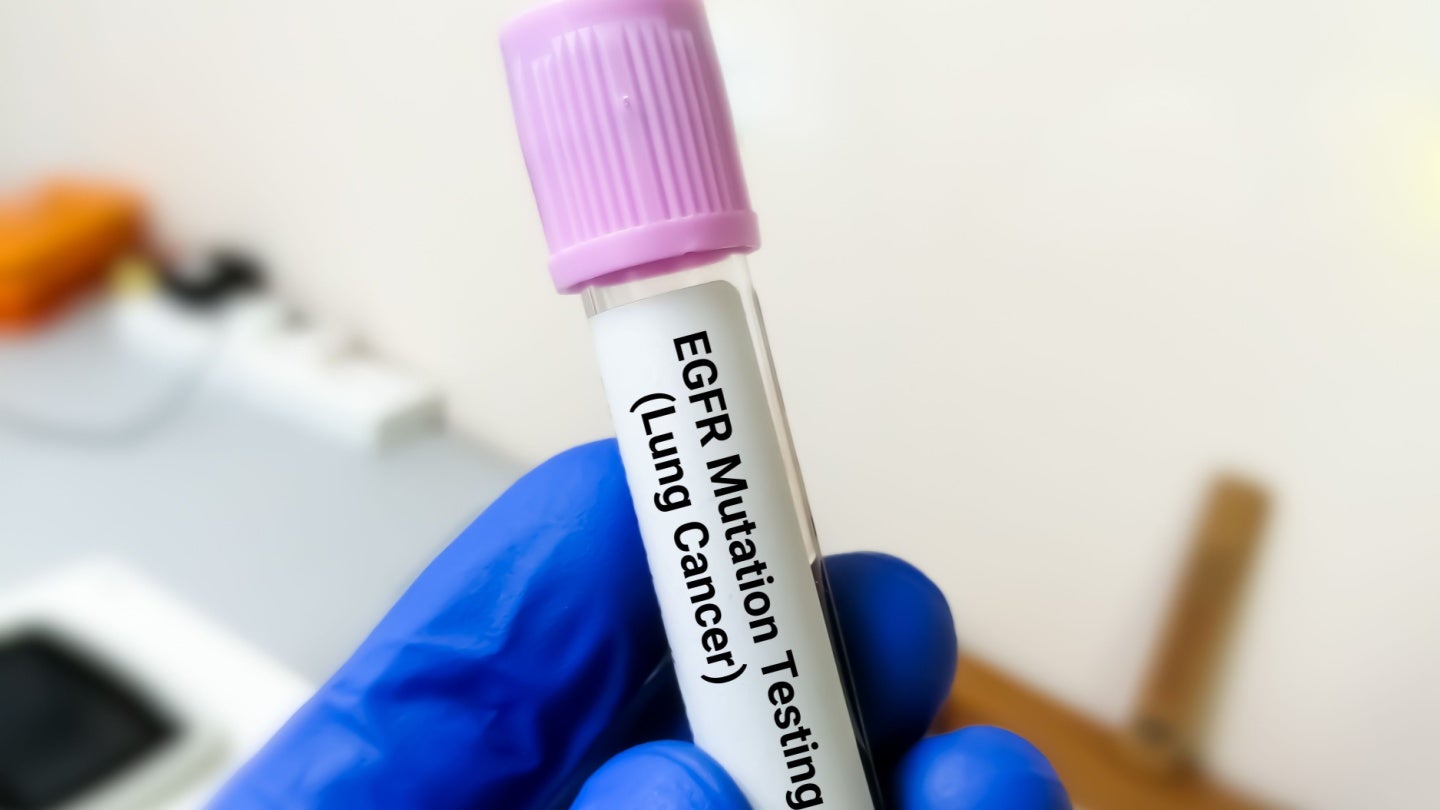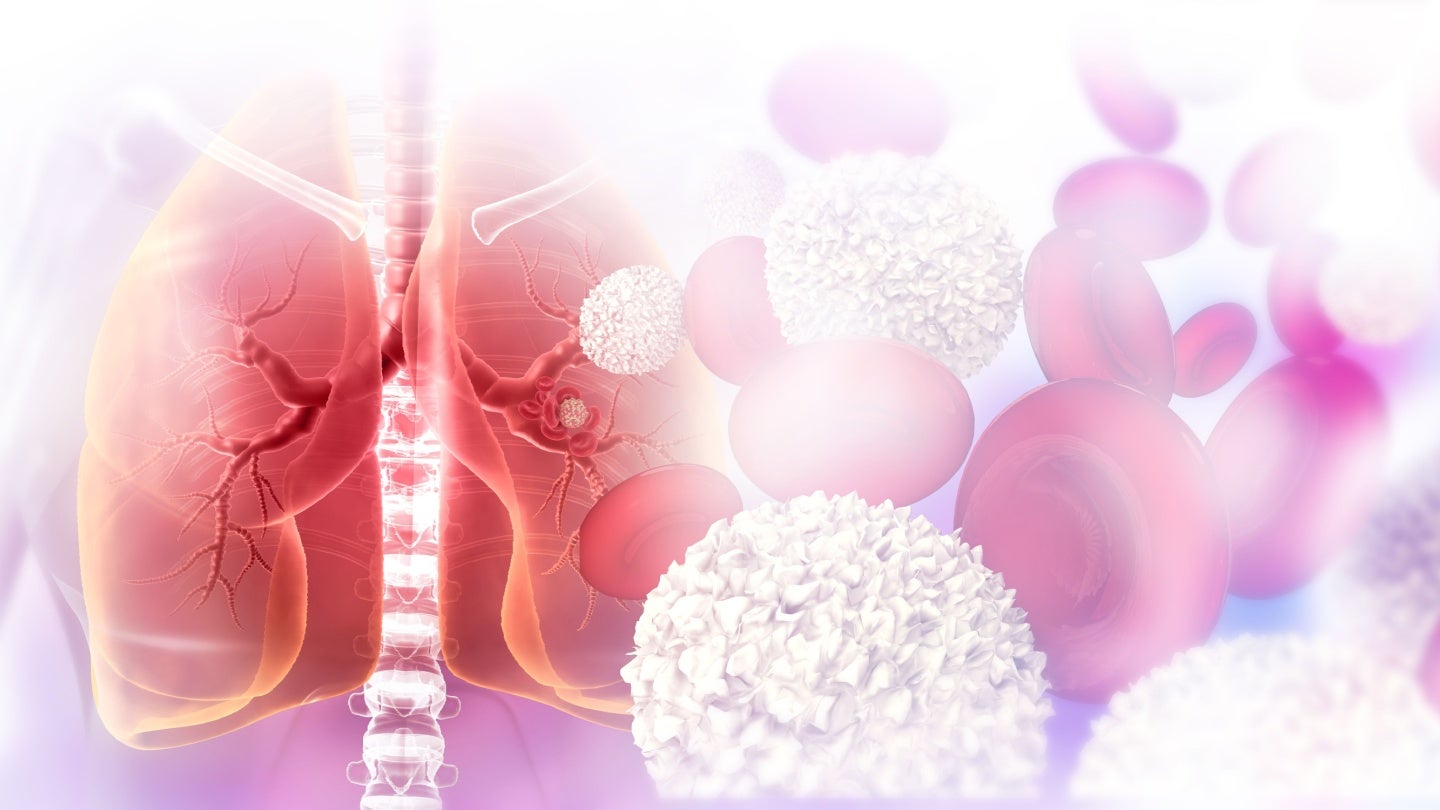Turning Urine, Not Water, into Green Hydrogen: A More Efficient Approach
In a remarkable breakthrough that could reshape the future of sustainable energy production, researchers from the University of Adelaide alongside the Australian Research Council Centre of Excellence for Carbon Science and Innovation (COE-CSI) have developed two pioneering electrolysis systems that extract hydrogen from urea sourced from urine and wastewater. This innovation not only promises a […]


In a remarkable breakthrough that could reshape the future of sustainable energy production, researchers from the University of Adelaide alongside the Australian Research Council Centre of Excellence for Carbon Science and Innovation (COE-CSI) have developed two pioneering electrolysis systems that extract hydrogen from urea sourced from urine and wastewater. This innovation not only promises a substantial reduction in the energy intensity typically associated with hydrogen production but also posits a cost-effective, environmentally responsible alternative to traditional grey hydrogen manufacturing methods, which rely heavily on fossil fuels and emit significant carbon dioxide.
Hydrogen, often hailed as the fuel of the future, underpins numerous clean energy strategies worldwide due to its high energy density and zero greenhouse gas emissions when combusted. Yet, the predominant method of hydrogen production—water electrolysis—remains prohibitively energy demanding and expensive. Water splitting requires a substantial input of electricity to separate hydrogen from oxygen molecules, resulting in efficiency drawbacks that have slowed the widespread adoption of green hydrogen technologies. By contrast, urea electrolysis promises a significantly more energy-efficient process, with the added benefit of addressing nitrogenous waste prevalent in aquatic environments.
Traditional urea electrolysis methods, however, have faced longstanding challenges that have impeded their scalability and industrial viability. Foremost among these issues are the limited hydrogen yields and the co-generation of toxic nitrate and nitrite by-products. These nitrogenous compounds not only pose environmental risks but also interfere with the efficiency of hydrogen generation, competing with the desired reaction pathways. Overcoming these barriers required a sophisticated approach to catalyst design and system architecture.
The University of Adelaide researchers introduced two novel electrochemical systems that deftly navigate these obstacles. The first system, highlighted in the journal Angewandte Chemie International Edition, employs a unique membrane-free electrolysis configuration alongside a copper-based catalyst to harness pure urea efficiently. This design eliminates the traditional need for membranes, which are often costly and susceptible to fouling, thereby enhancing system robustness and lowering operational expenses. The membrane-free setup simplifies the electrochemical cell while maintaining high selectivity for hydrogen evolution, positioning the technology as a promising candidate for low-cost hydrogen production.
Yet, the widespread adoption of pure urea as a feedstock is limited by its current production process—the Haber-Bosch method—which is itself energy intensive and carbon emitting. To address this paradox, the team explored an unconventional feedstock: human urine. Rich in urea and readily available, urine presents a renewable and accessible source of nitrogenous compounds at a fraction of the ecological and financial costs of synthetic urea.
Using urine as a feedstock introduces its own complexities, particularly the presence of chloride ions. These ions can initiate chlorine gas formation at the electrochemical anode, corroding the system and undermining long-term functionality. In response, the team engineered a second electrolysis system, detailed in Nature Communications, that leverages a chlorine-mediated oxidation mechanism. This approach utilizes platinum-based catalysts supported on carbon substrates to control reactions delicately, preventing toxic chlorine build-up and enhancing hydrogen yield from real urine samples.
Despite the effectiveness of platinum catalysts, the sustainability concerns related to the metal’s scarcity and high cost are considerable. Recognizing this, the research collective set an ambitious agenda to replace platinum with carbon-supported, non-precious metal catalysts. Such materials, if optimized, could replicate platinum’s catalytic performance at a fraction of the cost and environmental impact. These efforts align with COE-CSI’s mission to advance transformative carbon-based catalyst technologies, enabling a more sustainable hydrogen economy.
The energy savings achievable through these newly developed systems are also notable; both approaches boast a reduction in electricity consumption by 20 to 27 percent compared to conventional water electrolysis. Lower energy input not only drives down operational costs but also amplifies the environmental benefits by reducing the reliance on electricity generated from fossil fuels. This synergy between cost and sustainability underscores the potential for such technologies to play a pivotal role in future energy infrastructures.
Another extraordinary aspect of these systems is their ability to convert nitrogenous waste into harmless nitrogen gas, sidestepping the formation of dangerous nitrates and nitrites. This bioremediation capability means that beyond producing a green fuel, the systems actively contribute to cleaning wastewater, mitigating eutrophication and contamination in aquatic ecosystems. This dual-functionality addresses two critical challenges—energy sustainability and environmental protection—in a single, innovative platform.
As the research moves beyond laboratory validation toward practical application, scaling up remains a key focus. The implementation of membrane-free designs and broader utilization of wastewater streams offer promising pathways to industrial relevance. The team envisions decentralized hydrogen generation facilities situated at wastewater treatment centers or urban residences, capitalizing on abundant nitrogenous waste resources while supplying green hydrogen locally.
This research encapsulates a significant leap forward in electrochemical hydrogen production, bridging the gap between laboratory innovation and real-world impact. By utilizing an abundant, otherwise problematic waste product, the developed technologies embody a circular economy ethos—transforming human and environmental waste into a clean and valuable energy carrier. The implications span sectors from energy and environment to public health and urban planning.
The collaborative nature of this breakthrough, integrating expertise in chemical engineering, catalysis, and environmental science, exemplifies the multidisciplinary approach necessary to tackle today’s complex energy challenges. The leadership of PhD candidate Xintong Gao, along with Professors Yao Zheng and Shizhang Qiao, underscores the critical role that emerging scientists and visionary academics play in accelerating sustainable technology development.
Ultimately, these urea and urine electrolysis systems represent a paradigm shift—from viewing nitrogenous waste solely as an environmental hazard to recognizing it as a resource for clean fuel generation. As global energy demands increase and the urgency to decarbonize intensifies, such innovative technologies offer a glimpse into an energy future where waste is valorized, emissions are minimized, and green hydrogen becomes widely accessible and affordable.
Subject of Research: Hydrogen generation via urea and urine electrolysis as a sustainable alternative to conventional water electrolysis.
Article Title: Urine electrooxidation for energy–saving hydrogen generation
News Publication Date: 11-Mar-2025
Web References:
https://doi.org/10.1002/anie.202417987
http://dx.doi.org/10.1038/s41467-025-57798-3
Image Credits: University of Adelaide
Keywords
Hydrogen production, green hydrogen, urea electrolysis, urine electrolysis, energy efficiency, sustainable energy, nitrogenous waste remediation, electrocatalysis, membrane-free electrolysis, platinum catalyst alternatives, carbon-supported catalysts, wastewater treatment
Tags: advancements in green hydrogen technologycarbon emissions reduction technologieschallenges in urea electrolysisclean energy strategies using hydrogenelectrolysis systems for ureaenvironmentally friendly hydrogen manufacturinginnovative approaches to renewable energynitrogenous waste managementreducing energy intensity in hydrogen productionsustainable hydrogen productionurine as a hydrogen sourcewastewater as a resource
What's Your Reaction?


































